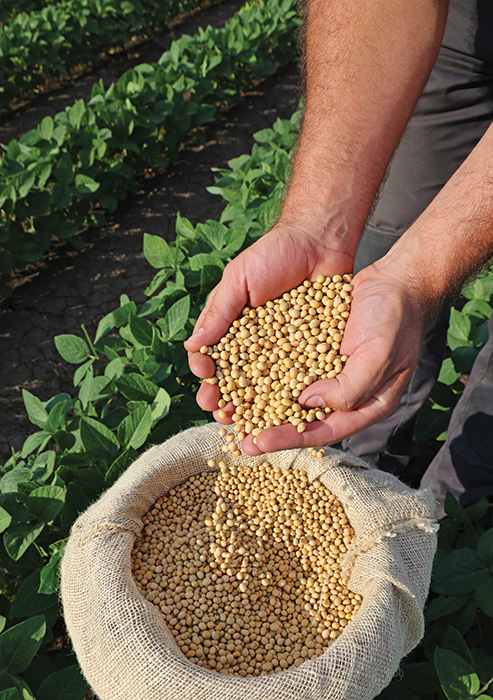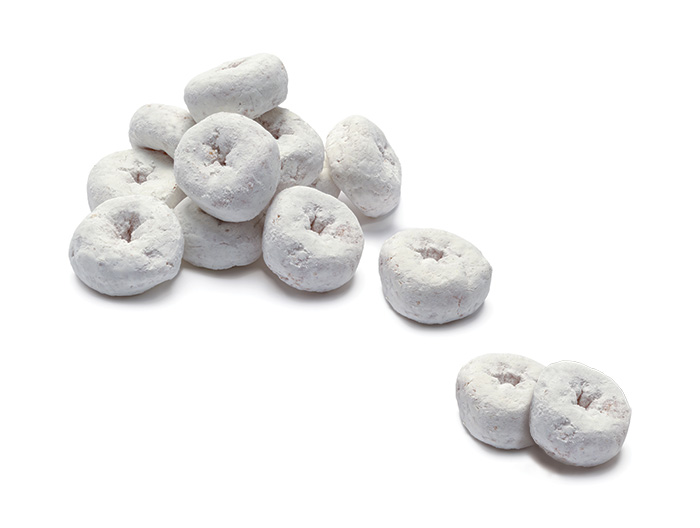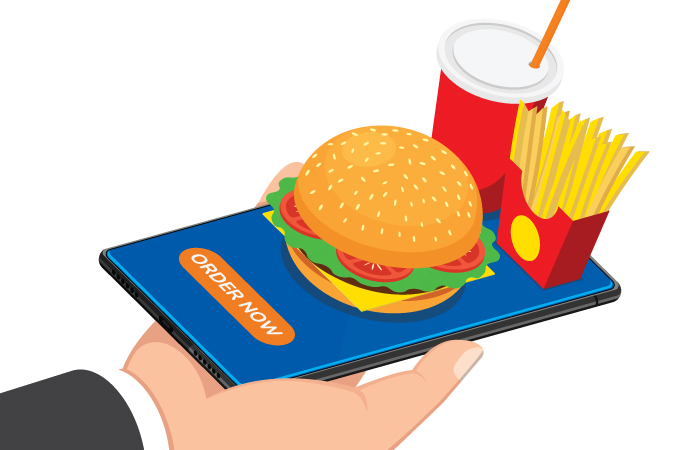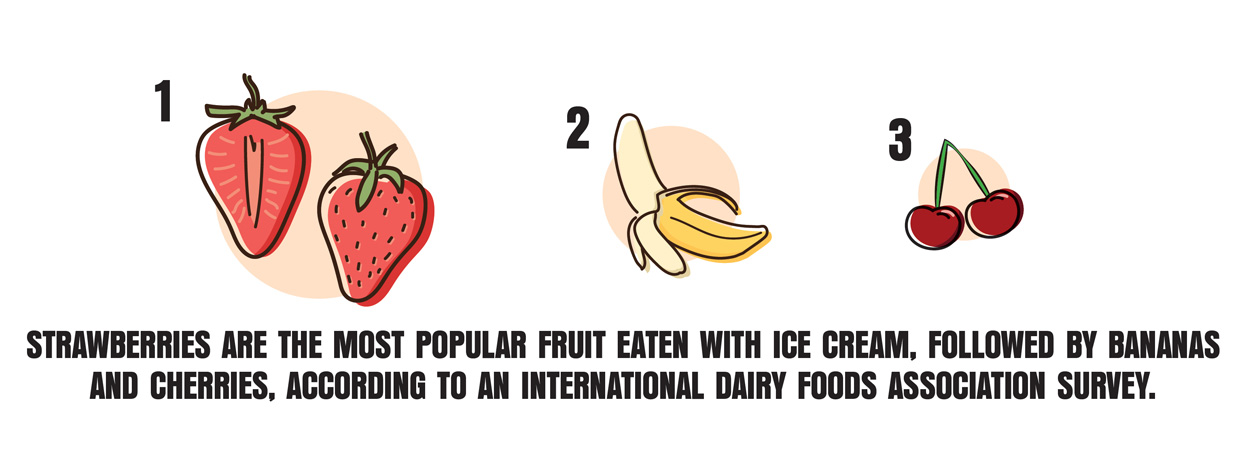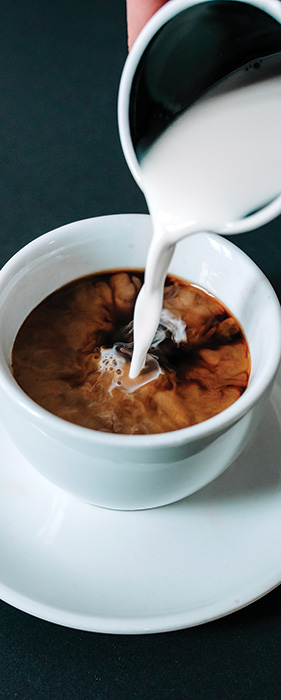Building a science bridge to Africa, Creamers come on strong
OMNIVORE
COMMUNITY
Building a science bridge to Africa
Following a short hiatus due to the COVID pandemic, the University of Minnesota Phi Tau Sigma chapter completed a successful year of collecting textbooks and other educational materials focused on food science and nutrition to send to Africa.
An international honor society for food science and technology, Phi Tau Sigma seeks to recognize scholarly achievements in the food science and technology space by encouraging student achievement and supporting professionals through its network. The UMN chapter of Phi Tau Sigma has worked to create a “science bridge” by collecting and shipping educational materials related to food science and technology to share knowledge and resources with students and researchers across the globe.
The “Building a Science Bridge to Africa and Beyond” program, established by Food Science and Nutrition Department faculty member George Annor and Mary K. Schmidl, an adjunct faculty member, focuses on improving access to peer-reviewed research articles and books for students and researchers in higher education in Africa. While African academic institutions have some access to scholarly materials, much of the material is out of date, and there is not enough funding to purchase newer editions. Materials collected this academic year will go to the University of Zambia’s food science program.
Information on donating to the program (books, journals, or financial contributions) can be found on the UMN chapter website.
INGREDIENTS
Speaking up for soy
The burgeoning plant-based burger and milk markets are directly—and unfairly—impacted by the NOVA food classification system, says noted soy researcher Mark Messina, director of nutrition science and research with the Soy Nutrition Institute Global. That is because NOVA categorizes foods not on the basis of nutrient content but instead on the degree to which they are processed, which means that some soy-based offerings with strong nutritional profiles are categorized in the same way as less-
processed but less-nutritious foods would be categorized. And that’s not a fair comparison, Messina maintains. For more of his thoughts on the subject, visit iftexclusives.org/speaking-up-for-soy.
PACKAGING
Hostess to change packaging to help environment
A small tweak to its Donettes’ packaging has the potential to significantly reduce Hostess Brands’ carbon footprint, the company reports. Hostess outlined a plan to remove the tin ties in the bags for its mini doughnuts brand in a Corporate Responsibility Report released this spring.
By changing the Donettes’ packaging, the company will see an annual reduction of 215,000 pounds of steel, 151,000 pounds of plastic, and 700 pounds of glue, the report estimates. This would add up to an overall carbon reduction of over 600,000 kilograms of carbon dioxide. Removing the tin tie will not affect product quality, the company says.
“We are continuously engaging with our packaging suppliers to find ways to purchase more material made from recycled content,” the report said. “In addition to our packaging-related efforts, we are also continuously working hard to reduce waste and the impact on the environment throughout our operations.”
The Corporate Responsibility Report goes on to detail further efforts to reduce the carbon footprint of Hostess packaging. About 80% of the packaging used and sold to customers is recyclable, and about 60% of the cardboard purchased by the company is made from recycled materials, according to the report.
MARKET TRENDS
Digital orders
Digital orders now account for one-third of all restaurant and convenience store orders, up from 12% before the COVID-19 pandemic, Paytronix Systems, a provider of software and point-of-sale systems, reports. According to Paytronix, 55% of all digital orders were for takeout as opposed to delivery or curbside pickup in March 2022, and there was a 42% dip in dine-in sales between January 2020 and January 2022.
RESEARCH
Creamers come on strong
Buoyed by strong sales in East Asia, in particular, the global creamers market will grow steadily at a compound annual growth rate (CAGR) of 3.6% or $5 billion from 2022 to 2032, Persistence Market Research forecasts.
The market in East Asia will expand at a CAGR rate of 4.9% while the European market grows at 2.8%, the research firm forecasts in a report on the creamers category. Increased interest in home baking and a growing “café and coffee culture” are among the market drivers cited in the report. Beverage mix sales of creamers also are growing. Additionally, the European market, where many consumers try to avoid artificial ingredients, is expected to experience a surge in demand for organic creamers, with a CAGR of 4% between 2022 and 2032.
The research firm’s analysis of the global market also shows the sectors of increased demand for cream products across the globe. In North America, demand is increasing for low-fat cream. Europe, South Asia and the Pacific, and Latin America are experiencing an increased demand for cream in the foodservice industry. Finally, demand for cream in bakery and dessert applications is strong in East Asia, the Middle East, and Africa.
Persistence Market Research also shows that cream manufacturers have focused on customization of their products for end users, which has helped increase demand. For example, Fonterra Co-operative Group, a New Zealand–based farming co-op, manufactures Anchor Fresh Cream for bakeries and households, Anchor Whipped Cream for the foodservice sector, and Anchor Long Life Dessert Cream for dessert applications.
The research report defines dairy cream as a fluid milk product that is rich in fat. It is obtained by physical separation from milk and typically has a richer texture with less curdling. Cream has a wide variety of applications, including processed foods, ice creams, mocktails, coffees, and desserts.





